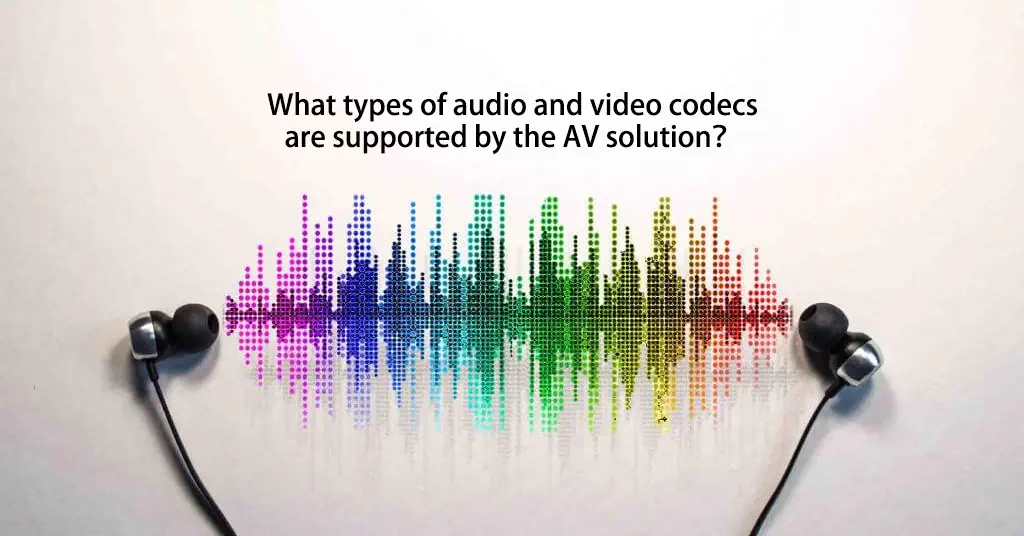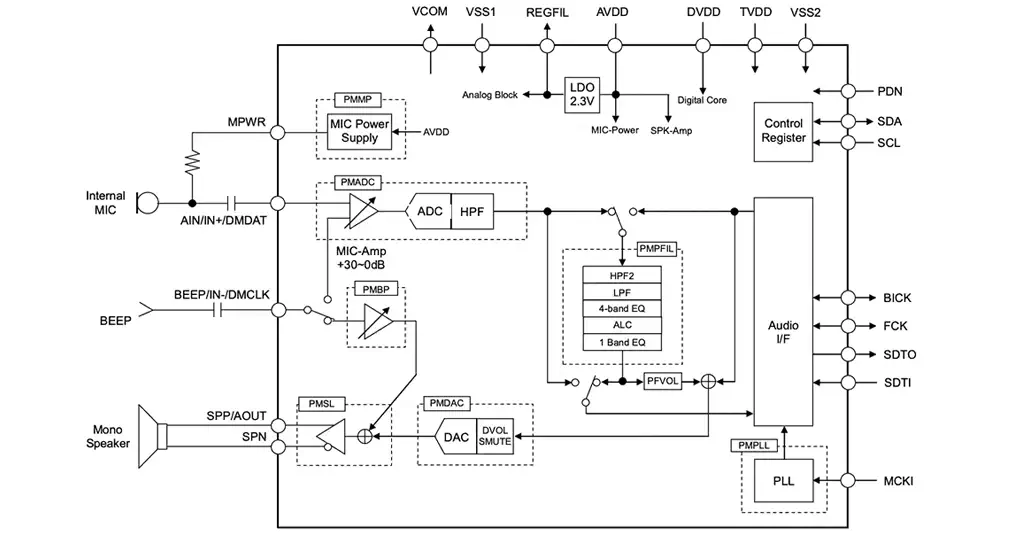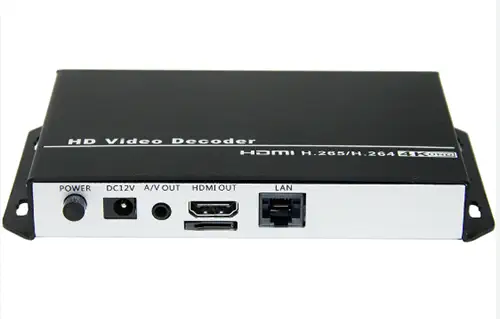What types of audio and video codecs are supported by the AV solution?
Table of Contents

As we rely more and more on technology to communicate with each other, the quality of our audio and video calls becomes increasingly important. This is where codecs come in, helping to compress and decompress digital media for faster transmission and better quality.
So, what types of audio and video codecs are supported by your AV (audio-visual) solution? Let’s take a closer look.
First, let’s define what a codec is. Codec stands for coder-decoder, and it’s a software or hardware algorithm that compresses and decompresses digital media files. When you make a video call or stream a movie online, the codec is what makes it possible for you to receive and view the media on your device.
What is an audio codec?
Generally speaking, audio decoders are divided into two categories, one is a pure audio decoder for Hi-Fi listening, that is, after dividing digital audio equipment such as a CD player into two, remove the turntable (drive the disc to rotate and read) disk) part.
The main function of the pure audio decoder is to convert the read digital audio information into an analog audio signal output for power amplification and playback. So strictly speaking, a pure audio decoder should be called a D/A (digital/analog) converter.
The other type is the AV audio and video decoder, which is commonly referred to as a decoder used in “home theater” equipment. Its main function is to decode and restore the encoded multi-channel audio information during recording. After D/A conversion For power amplification and playback

What is an AV video decoder?
AV audio and video decoder is actually a general term, in which there are many different decoders:
- In terms of signal processing, the early AV decoders were analog (including active and passive, synthetic and voltage-controlled), and later developed into digital.
- Some AV decoders only do decoding processing without power amplifier circuits inside the machine, while others have built-in power amplifier circuits for center and surround channels.
- In terms of the number of decoding channels, Dolby Pro Logic has 4 channels, and Dolby Digital (Dolby Digital can be abbreviated as DD), DTS Digital Cinema, Dolby Surround Pro Logic II Dolby Pro Logic second-generation matrix coder Decoding technology (referred to as Dolby PLⅡ) is 5.1 channels, DD-EX, DTS-ES, etc. are 6.1-7.1 channels.
- There can be low, medium and high-level divisions in terms of grades. For example, those certified by Lucas with the THX mark are among the high-end machines (the earlier ones are THX Select certifications, and the latest ones are THX Ultra2 certifications.



Some of the most common audio codecs include AAC, MP3, and WMA. AAC (Advanced Audio Coding) is a popular format used by Apple devices, offering high-quality sound at low bit rates. MP3 (MPEG-1 Audio Layer 3) is a widely supported format that balances sound quality and file size. WMA (Windows Media Audio) is a Microsoft-developed codec that offers high-quality sound with low file sizes.
When it comes to video codecs, some of the most popular options include H.264, VP9, and AV1. H.264 is one of the most widely used video codecs, offering high-quality video at low bit rates. VP9 is a Google-developed codec that is designed to offer better video quality than H.264, while also reducing bandwidth usage. AV1 is a newer codec that is gaining popularity due to its ability to offer high-quality video while using less data.
The specific codecs that are supported by your AV solution will depend on a number of factors, including the hardware and software being used, as well as the intended use case. For example, if you’re using a video conferencing solution for remote work, you’ll want to ensure that the codecs supported by the solution are optimized for real-time streaming and low-bandwidth connections.
In summary, the types of audio and video codecs supported by your AV solution are important to consider when it comes to the quality and reliability of your audio and video calls. By understanding the different types of codecs available and the strengths and weaknesses of each, you can make informed decisions about which solutions will work best for your needs.
Want to know more about the Audio Visual Solutions?
